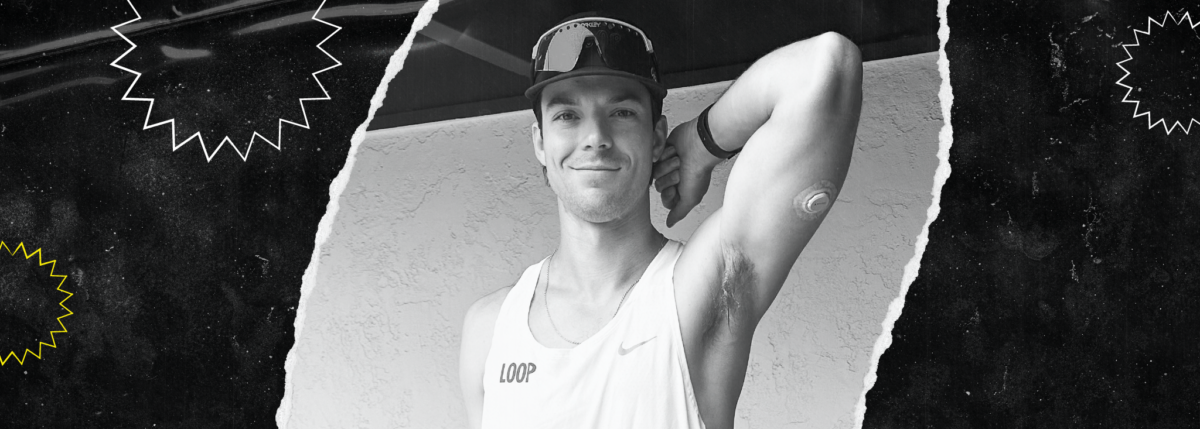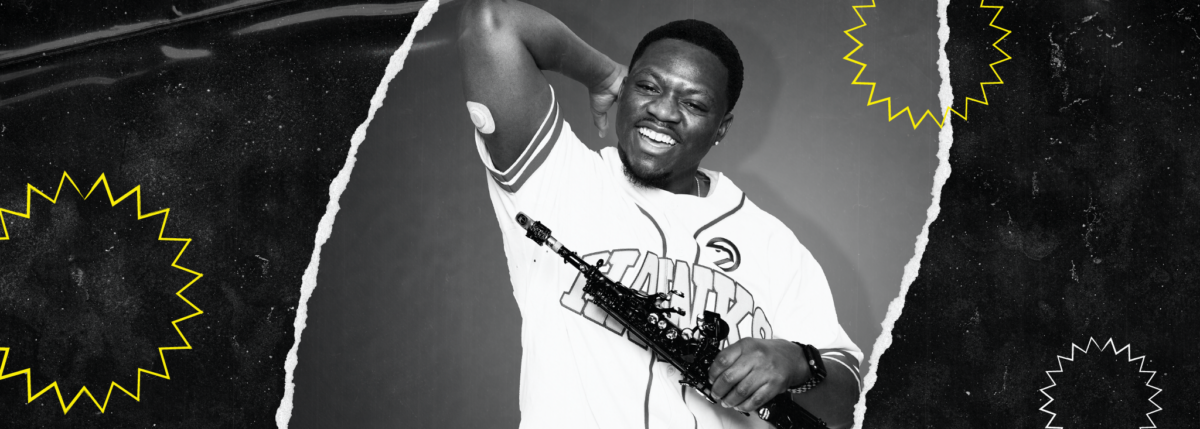Swimming On Insulin
Written by: Hannah Vester
3 minute read
April 1, 2018
I wake up at 5:30 a.m. and on my way to the pool I eat a pack of gummies or a chocolate chip bar (both have 19 grams of carbs).
A few weeks ago I wrote a letter called “Dear Diabetes.” An incredibly positive response followed that story and lots of people asked about my diabetes management during practices and meets. Hopefully this helps a little bit! (Disclaimer: I am not a physician—though hopefully I will be one day!—so these management techniques are based purely on what has worked for me over the last five years.)
Morning Practice
Morning swims start at 6 a.m. and they end at 7:30 a.m. I wake up at 5:30 a.m. and eat a pack of gummies or a chocolate chip chewy bar (both 19 grams of carbs) on the way to the pool. This helps spike my blood glucose (BG) a bit before practice starts so I don’t drop during warm up/the rest of practice. Other foods that have also worked for me are bananas, two of the Belvita breakfast wafers, or the special K breakfast crisps.
Afternoon Practice
Practice starts at 2 p.m. or 4 p.m., depending on the day. The most important thing for me is making sure I don’t have any active insulin in my body within three hours of practice. This means I don’t bolus starting at 11 a.m. or 1 p.m. About 25-30 minutes before practice starts, I eat half of a PB&J (one piece of bread folded over) on whole wheat bread. This gives me some fast acting carbs via the jelly which raises my BG before warm up (just like the morning practice scenario), and the PB/wheat bread keeps me full during the two hours and a half practice and helps keep my BG stable during the aerobic workout. I usually get out of the water after warm up and check to make sure I’m doing okay in the BG department. If I’m low or dropping, I’ll eat a glucose tab or two (or more if I’m pretty low).
Other snacks that I like to eat in addition to the PB&J, if my BG is lower at the 25-30 minute mark before practice, are gold fish, pretzels, a little Nutella, a chocolate rice cake or mini cheddar rice cakes.
Again, the most important thing for me is not bolusing within three hours of practice. I keep my basal rate going, and I eat little snacks if I go low, but I don’t give any additional insulin during that time. Your muscles use a ton of glucose during aerobic activity, so having extra insulin on board in addition to glucose-hungry muscles, makes a recipe for low blood sugar ☹
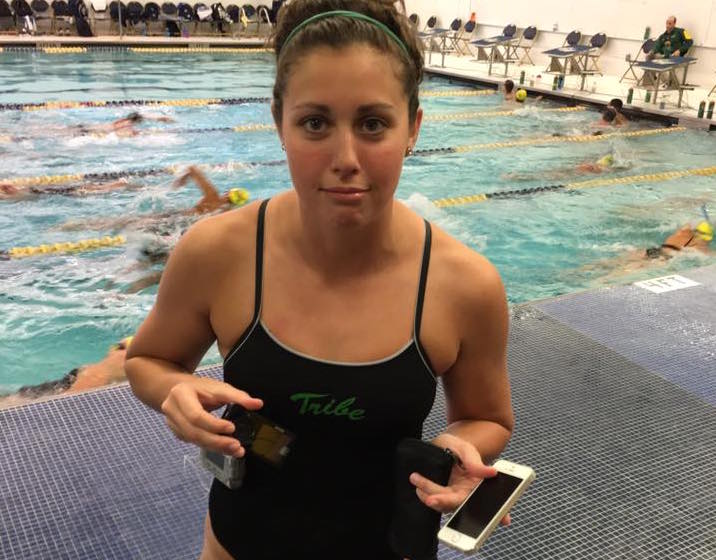
Meets
This is where the disclaimer comes into play—I use a lot of corrective insulin during meets, so keep reading to learn about that. Also, this strategy works really well for me, and I figured it out after I had an epiphany during a race at the beginning of my freshman year. I was low (57mg/dl) 10 minutes before my race and started shoving glucose tabs in my mouth so I would not have to pull out of the race (the 500 free) because I was low. I digress—the point is, this worked, I had a great swim, and I tried it at the following meet with great results.
Pre-meet
I eat a normal meal two hours before warm-up starts and give a normal dose of insulin. When I get to warm ups I check before warm up and treat if I’m low.
If I’m high I do one of two things:
1) If I’m 160-210 I don’t do anything.
2) If I’m 210 or above I will give a full correction even, if I still have active insulin from my meal. Then I warm up, which takes about 30 min, then I test again and treat if I’m low. If I’m still high, (200 or above) I will give a single unit of insulin and check every 10-15 minutes for the rest of the meet.
About 30 minutes before my swim I assess my BG again. If it is 90-140, I won’t do anything. If it’s low-95mg/dl, I will eat 1 or 2 glucose tabs. Then I keep checking every 5-10 minutes before my swim to make sure I’m not trending down. If I’m still high, I try to get in the pool and swim, because I know that light swimming helps keep my BG down. Then 10 minutes before the race, I check and only treat if I am low (<70).
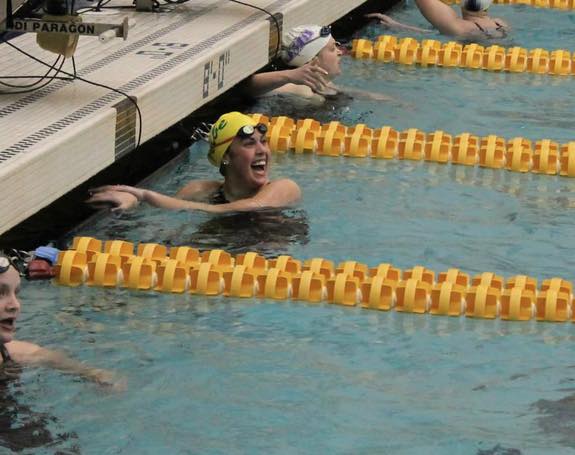
I use a lot of corrective insulin because adrenalin inhibits the action of insulin. When you get nervous or stressed you secrete adrenalin, which stimulates the breakdown of glycogen to glucose in the liver (glycogen=storage form of glucose, a.k.a. a long chain of glucose molecules linked together). So you’re basically trying to bolus for glucose that your body is sneakily putting into your blood, but you don’t actually know how much your body is putting in there. So it’s a guess-and-check system—as if diabetes wasn’t hard already, let’s just throw some extra glucose in for kicks and giggles! Am I right!?!
After I swim my first event, I continue the same strategy for the remainder of the meet. I check immediately after the race, warm down, check again, eat a snack if I have time—I love the Barefoot Contessa banana crunch muffins that my Mommy makes, the recipe is online ☺.
I think the key to keeping a good BG during meets and combating the effects of adrenalin/nerves is testing often. My endocrinologist makes fun of me for testing 40 times in 3 hours, but if it helps me have a good race because my BG is 110 instead of 200, I’m going to keep doing it. In the spirit of consistency, I also always eat the same breakfast and lunch during multi-day meets. If I have eggs, toast and bacon for breakfast on day 1 of the meet, I eat that for days 2, 3 and 4 of the meet too. This helps eliminate any extra blood sugar variables throughout the day.
Read Hannah’s “Dear Diabetes” story
Read “Hannah’s Swim” from Petra Vester, Hannah’s mother.

Author
Hannah Vester
Hannah is 21-year-old senior at the College of William and Mary and a new member of the “Swam Team” (the "team" for college seniors who have officially swam their last race). She was diagnosed on January 22, 2011 and to date has raised more than $73,000 dollars for diabetes research and advocacy.
Related Resources
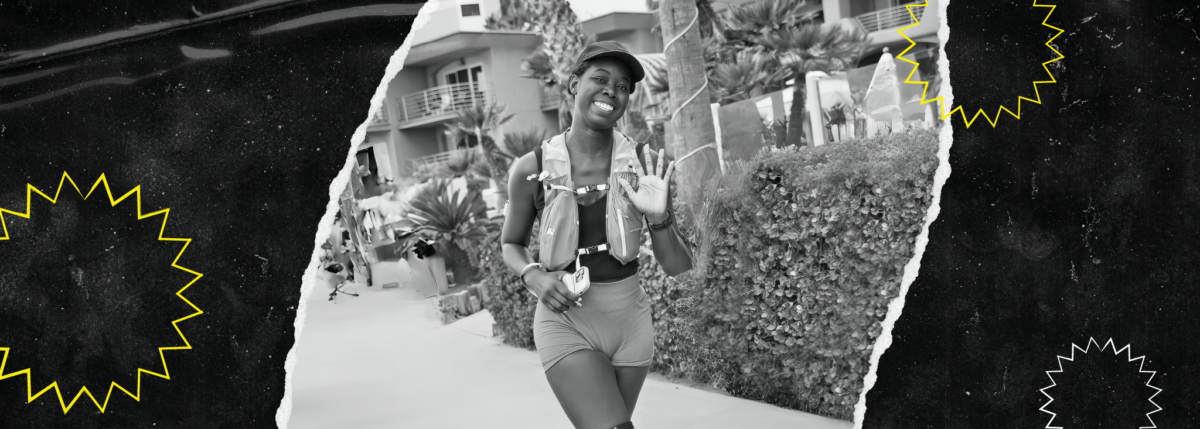
Danica Collins not only prepared for one of the most challenging physical events of her...
Read more
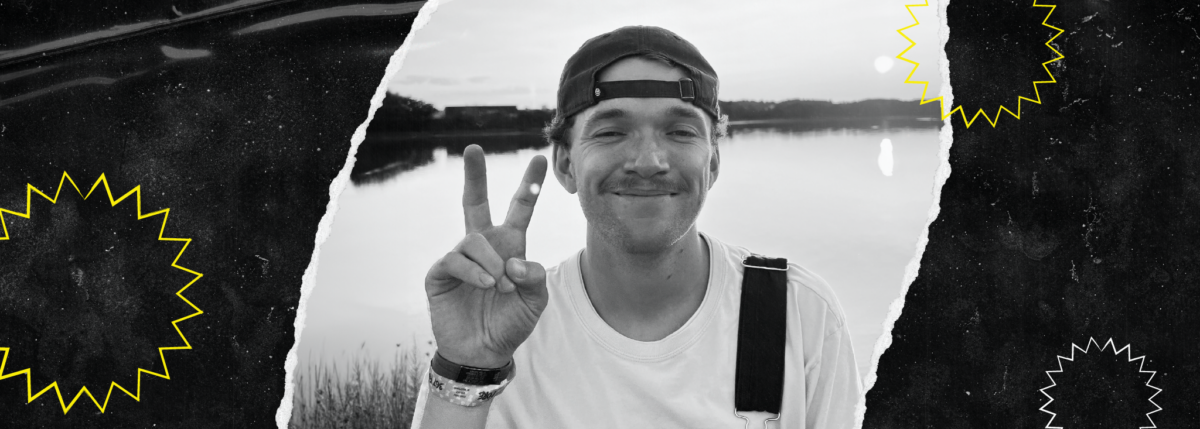
Beyond Type 1 is spotlighting inspiring athletes with type 1 diabetes as they prepare for...
Read more
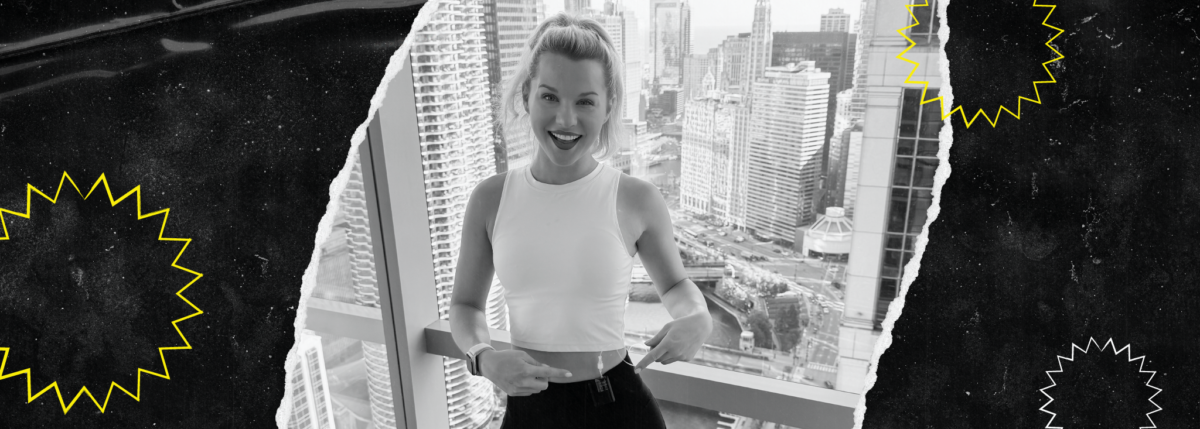
On November 3, 2024, Taylor Rindfleisch of Chicago laced up her running shoes for the...
Read more
